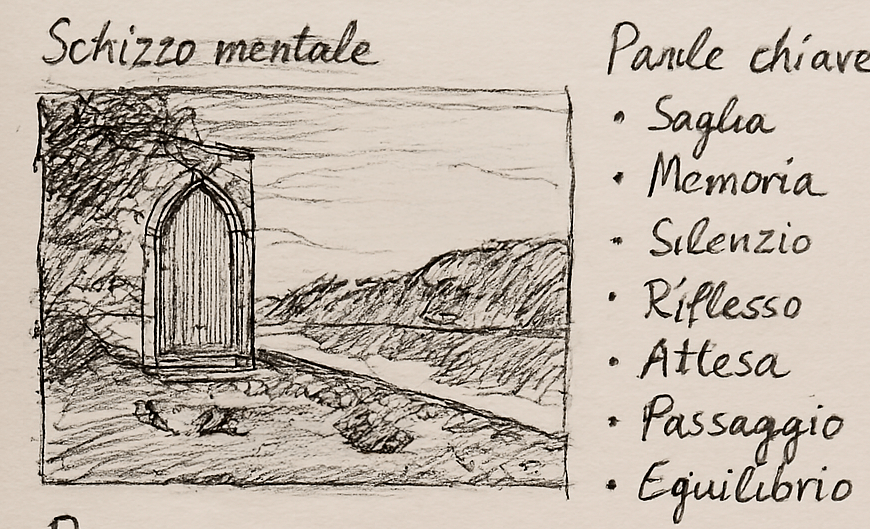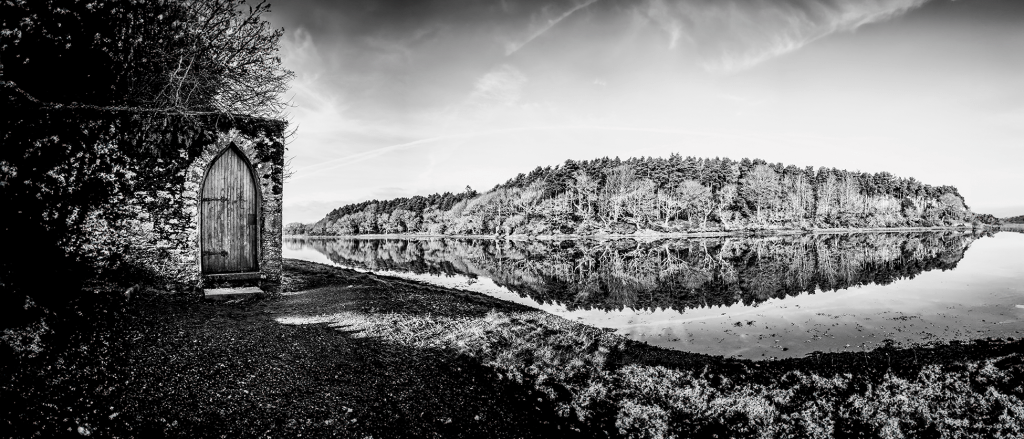Between thought and image
Every photographic project is also a writing.
A writing that happens without a pen, but with light, time, the gaze.
During the making of Éire i Dubh Agus Bán, I kept a small diary: not always precise, not always regular, but profoundly true.
A container of reflections, notes, ideas, words collected in the silence of the landscape.
It was not a diary “to remember”.
It was a way to see better.
To slow down my thoughts, focus on what I was experiencing and translate it into more conscious images.
⸻
Writing to listen
Many of the places I photographed became important even before being filmed.
Because I walked inside them.
Because I observed them in silence.
Because I wrote on it.
Sometimes they were just a few words:
“The wind here doesn’t push, but pulls.”
“The sea doesn’t reflect, it breathes.”
“Today the light ignores me. And that’s okay.”
These fragments, almost poetic, became visual trails.
They weren’t captions, but intentions.
They helped me return to the place with new eyes, to build an image that was consistent with what I had felt.
⸻
Sketches, drawings, words
In the diary I also collected:
• Composition sketches: lines, balances, visual flows.

• Mind maps: to understand what kind of story I wanted to build.

• Lists of words: emotions, mental colors, moods linked to each location.

It wasn’t a systematic work.
It was more like an intuitive process, like a collection of seeds that then, over time, sprouted into photographs.
⸻
From the word to the light
Writing with light is an often overused definition.
But in this project I felt it real.
Each image was born from a specific light condition, but also from a lived thought.
I often went back to read a page of my diary before editing a shot.
To understand if the image was consistent with the original emotion.
Not so much with the place, but with the meaning that place had for me.
⸻
The diary as a critical tool
More than telling, the diary helped me question my choices:
• Why photograph this and not something else?
• Why in this way?
• What do I want to remain, once the image is printed?
In the diary I also wrote down doubts, errors, small frustrations.
But precisely in those less “poetic” passages, I understood that my work needed a voice that was not perfect, but authentic.